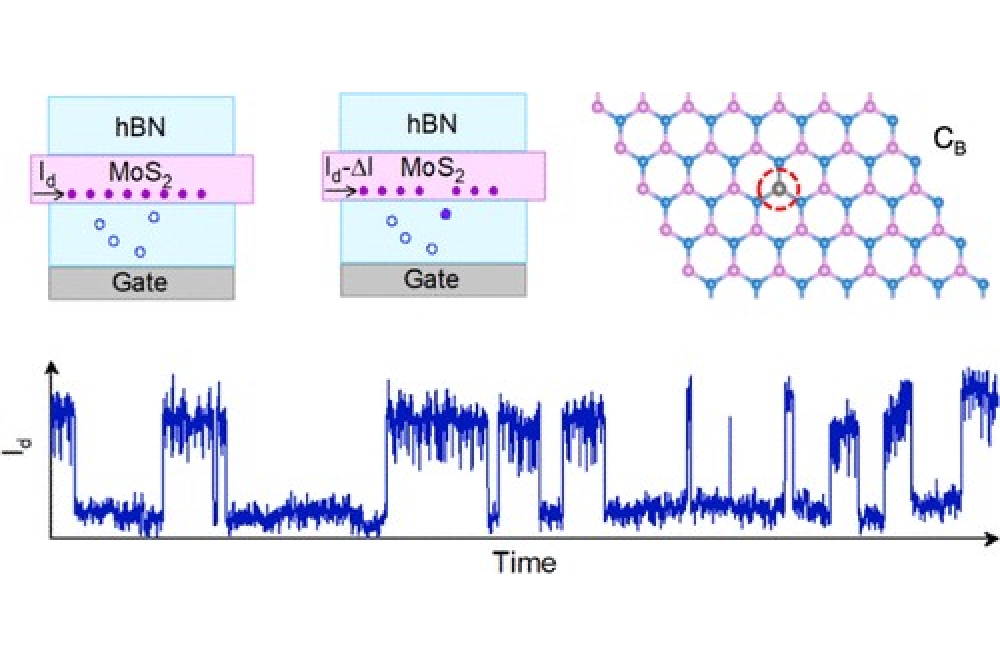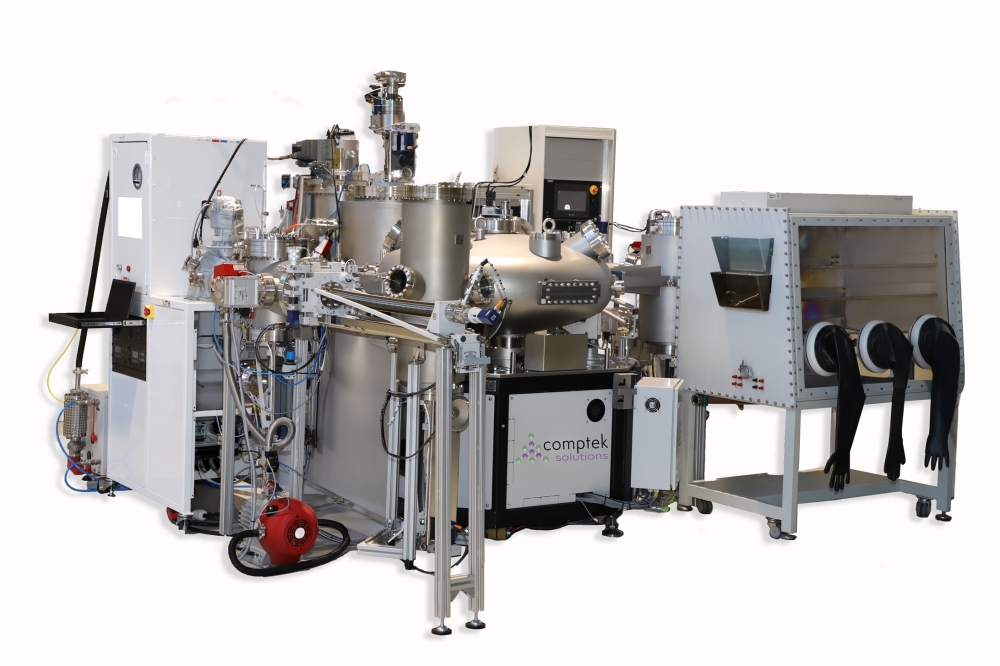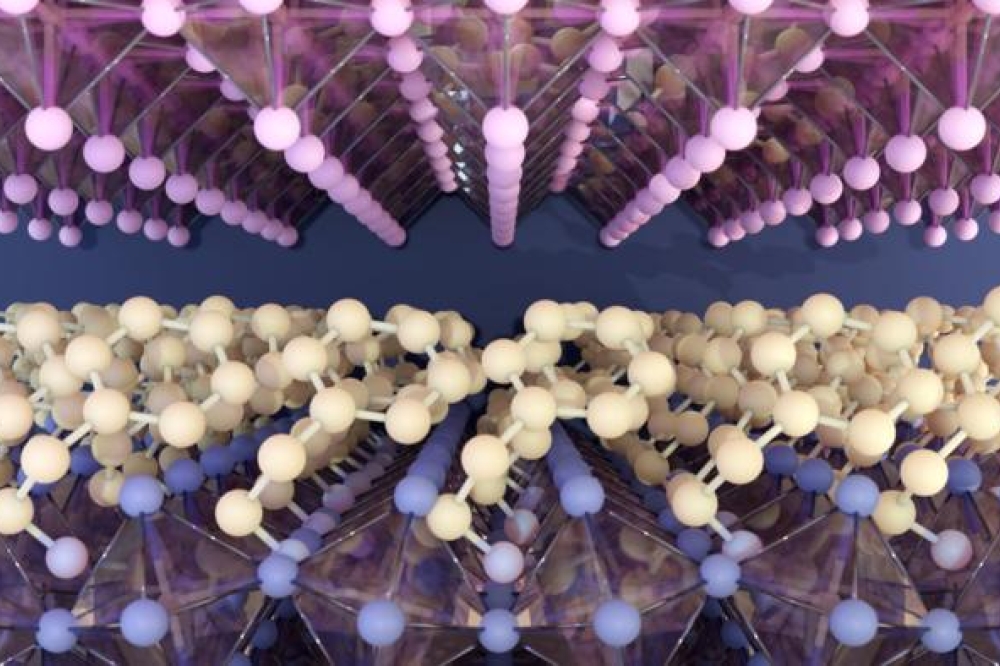Brightest LEDs are rough around the edges
A team of engineers from National Chiao Tung University in Taiwan have near-tripled the front side luminance intensity of InGaN-GaN LEDs through "double" roughening of both the p-GaN and undoped-GaN surfaces (Appl. Phys. Lett. 89, 041116).
The technique addresses one of the main inefficiencies of conventional LEDs: that only light travelling within a narrow 23° critical angle from the active layer can make the transition into air s low refractive index.
Normally, light that approaches at too shallow an incline to be in the so-called "escape cone" is just reflected back and forth inside the semiconductor. But by roughening the surface, the microscopic texture becomes jagged, so sooner or later most of the reflected light approaches a facet directly enough to pass.
"We have published several papers on similar subjects," said Yew Chung Sermon Wu of National Chiao Tung, whose work has been funded in part by Epistar. "Through these [investigations], we found that the light extraction efficiency could be increased by roughening, mirror bonding and wafer bonding techniques."
Modifying internal reflection to increase output is not a new idea, but previous attempts to roughen surfaces of LEDs have only tackled the top surface or the mesa sidewalls. The crux of Wu s method, however, is that both the front and the back sides of the LED are roughened, thus providing even more chances for the light to escape. "We did also do some work on roughening the sidewalls, but it didn t show much improvement in performance," added Wu.
The double-roughened LED was fabricated by modifying a previous design where the front side was roughened using a lower epitaxy temperature. Low-pressure MOCVD on a sapphire substrate was used as the growth process for the InGaN-GaN films. The back side was roughened through treatment with 60 °C potassium hydroxide for one minute.
"A lot of light travels through the back," explained Wu. "To increase the light extraction efficiency, we have to increase the back emission. Besides, using a mirror we can reflect the back emission."
Compared to an unroughened LED, the double-roughened LED had luminance intensities of 133 and 178 mcd for the front and back sides respectively, at the same 20 mA injection current.
According to Wu, "We are now trying to combine roughening, mirror, thermal conduction and package design together."
Author
Jon Cartwright is a reporter for Compound Semiconductor magazine and compoundsemiconductor.net


































